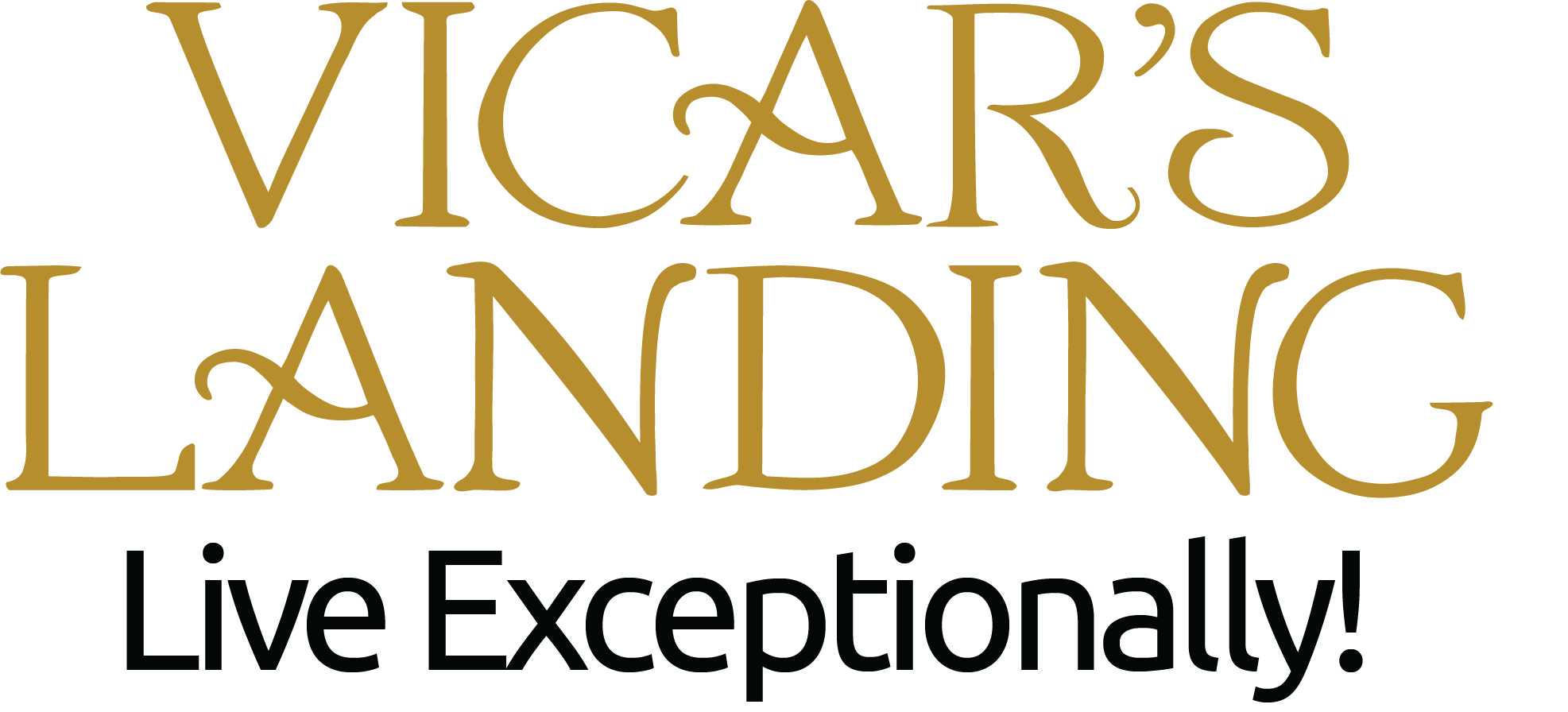“Why does everything have to change?” “Why is change so hard?” “Why can’t things stay the same?” We have all heard these cries before, and we will often think the same thing. If you consider it, though, why do we think change is such a difficult thing? Only thirty years ago or so, I was thrilled to get a pager so that my friends could get in touch with me at any time. Now, I hold a computer in my hand that allows me to video conference in real time with anyone in the world. To get to that point required a great deal of change and I have not bemoaned a minute of it. Of course, that is an example of change that happened around me and I was able to jump into the change at any point I chose. What about change that impacts me directly, such as a change in work responsibilities, children growing up, or the loss of a close friend or family member? The constant in any change is that it is inevitable. The variables are how we respond and react to the change using the three E’s outlined below.
Envision
Since we know change is inevitable, we can start by looking for it on the horizon. You might wonder how you can see change coming, but there are people who make a living doing this every day. The average person probably did not see the change from pagers and early personal computers to smartphones unless it was their interest or their job. It is easier, however, to look for the change that affects you directly because it is related to your expertise or affects your daily life.
To do this, block out time from the busyness of the day to think. Think about your current work and family situation and look for the obvious changes coming. Perhaps you have an upcoming life change like retirement or a child graduating. Maybe you are considering a move. If you prepare in advance for each detail of the changes to come, they will become a part of normal life.
I hope that you see by this point that envisioning change is the same process as planning and goal setting. When you plan and set personal goals, you are creating change. Not everything goes as planned, so this is a regular exercise to go through as external variables affect your plans.
Evaluate
The next step is to evaluate what we can control related to the change. The one thing you have full control over is your attitude toward the change. If you see any change as negative and daunting, your approach to it will be tainted by that attitude. If you see it as a problem to be solved or a positive influence on your life, it is more likely the change will cause very little anxiety and give you excitement for what is to come.
Once your attitude is correct, then turn to how you adapt. There are always factors that you can control. Those factors may lead to big decisions that create more change, such as a decision to leave your job, or small decisions, such as deciding to try a different product, that are over in a flash. Either way, your control over those decisions gives you confidence in your next steps forward.
Embrace
Great leaders not only envision and evaluate change, but they embrace it. They see change as good and as a positive opportunity. They know that change in the status quo creates new possibilities. Recognizing this helps you move forward with confidence knowing that you have planned for all the potential issues. I recognize that it does take some acceptance of uncertainty knowing there could be unseen variables. As those variables present themselves, though, they present an opportunity to stop and adjust your plan as needed.
Consider business examples of people who embraced change. Henry Ford saw the automobile as the future of transportation. Those who embraced the new world of online shopping through Amazon made millions of dollars. There are myriad examples of embracing change. The opposite, however, can be disastrous. Kodak decided not to embrace the new world of digital photography and failed as a result.
Change does not need to be daunting. Lean into it. Adapt to it. See the possibilities. Remember the three E’s. Change is manageable if you take the time to think about what is coming, adjust your attitude, plan to adapt, and embrace what is ahead.



